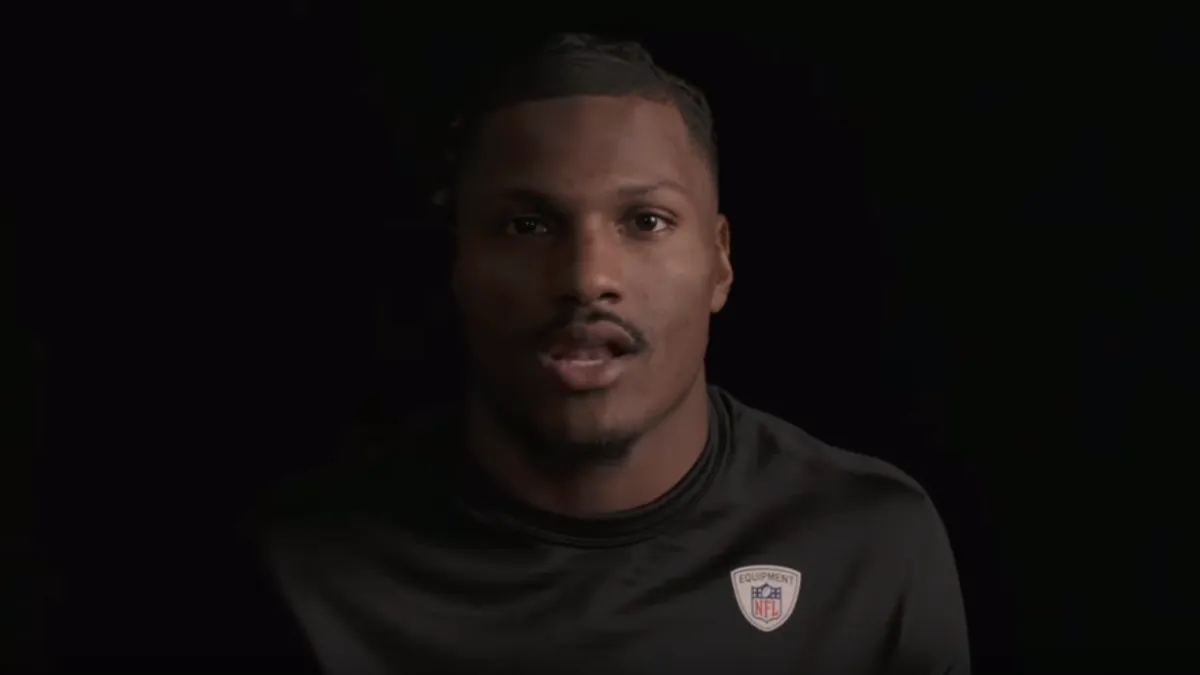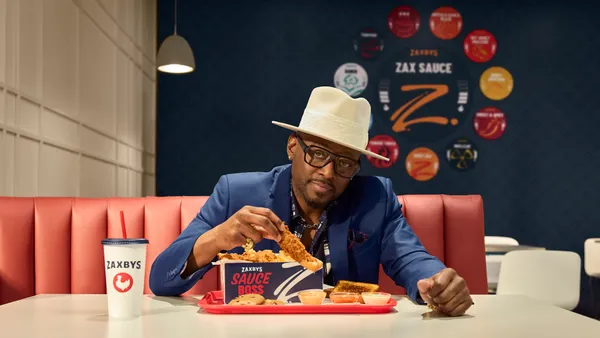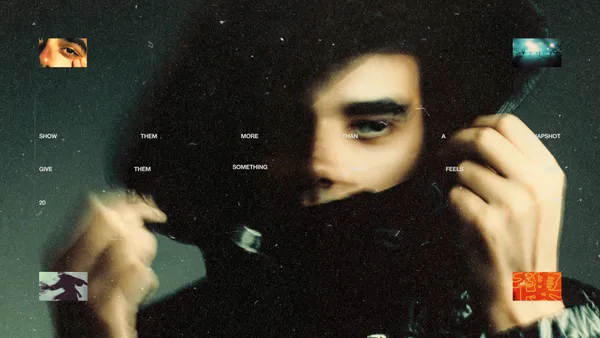Verizon ran an in-game Super Bowl ad for the first time in seven years last year, returning with a 60-second spot that eschewed a focus on product to instead spotlight the crucial work of America's first responders. The emotional "Answering the Call," arriving a few months before industry conversations around brand purpose reached a fever pitch, resonated with consumers and was a winner on social media — but America's largest wireless carrier has more ambitious marketing plans for this year's big game.
"Last year, we really had the one Super Bowl spot that drove people to the site," Andrew McKechnie, Verizon's chief creative officer, told Marketing Dive over the phone. "This year, we've changed our approach: There is more of a media wave behind this."
That "media wave" in the lead-up to Super Bowl LIII kicks off this Sunday (Jan. 20) around the AFC and NFC Championship games with a 60-second spot capturing the stories of 12 NFL stars — 11 players and Chargers coach Anthony Lynn — whose lives were saved by first responders. A series of additional spots will detail the vignettes of individual athletes like Carson Tinker and Carlos Watkins in the two-week lead-up to the big game. But while Verizon's TV gameplan for "The Team that Wouldn't Be There" is comprehensive, culminating in a new in-game Super Bowl commercial, the carrier's media strategy for 2019 spans beyond the channel most associated with the sporting event to also touch across social media, long-form digital content and more.
"It's important for us that we don't just treat these kind of brand narratives as being a single moment in time," McKechnie said of the Super Bowl campaign. "They need to permeate through everything that we do."
Getting involved
The expansion of Verizon's strategy for Super Bowl LIII follows the shifting consumption habits of football fans — something the NFL has recently recognized. The league last fall reported that, for the first four weeks of the current season, viewership of games on digital platforms leaped 65% over the same period in 2017. Brands are vying to follow those eyeballs, but a proliferation of platforms and screens demands more varied marketing tactics.
"This year's different in the sense of what we've got many different types of content formats. We're not just doing a 60 [second spot]," McKechnie said. "We're thinking about which audiences want to engage with which types of mediums."
One of the notable additions to Verizon's campaign this year ties user-generated social media content to a charitable cause. The brand partnered with First Responders Outreach, which provides grants around emergency relief, training and equipment. It will donate $1 up to a $1.5 million to the organization for all Facebook and Twitter shares that come from either a dedicated microsite, AllOurThanks.com, or are attached to Verizon social posts, and which include the campaign hashtag #AllOurThanks. Though the drive, running until the big game's broadcast date on Feb. 3, is part of the national effort, Verizon intends to leverage the opportunity to highlight smaller, more personal stories.
"We're going to have a much larger social push in terms of engaging local communities, local towns and in terms of the way in which we can encourage people to also participate in the campaign," McKechnie said. "[We're] getting consumers to share their stories … of what they may have experienced with first responders."
Cinematic in scope
Another way Verizon is going deeper with its marketing for Super Bowl LIII is through long-form digital content that might give the campaign a longer shelf life. Along with the in-game spot, the brand will premiere a 30-minute documentary on Feb. 3 directed by Hollywood heavyweight Peter Berg, known for films like "Friday Night Lights," "Lone Survivor" and "Patriot's Day." The piece will spotlight the stories of specific first responders in a way that breaks from how Verizon has done things in the past, according to McKechnie.
"It's taking a slightly different, filmic approach ... to the way in which we tell these stories," McKechnie said. "[We're] leveraging Peter Berg as a partner in a way that we haven't done before with previous content producers."
The inclusion of higher-production, more cinematic content links back to the holistic approach Verizon is trying to take with its marketing for Super Bowl LIII, where the narrative doesn't simply end after the game airs.
"With the Super Bowl, it is a moment: You've got a natural culmination of a lot of attention, a lot of interesting stories and commercials that may appear," McKechnie said. "For us, that's just one side of the story."























